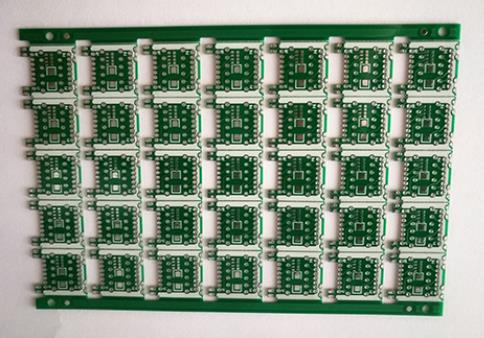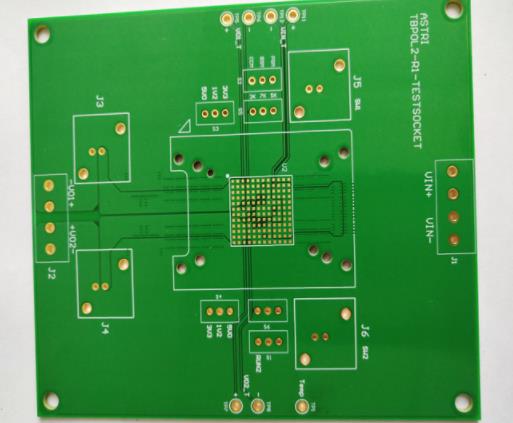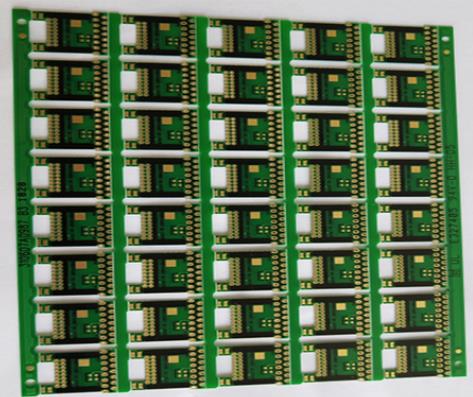
66 Common Problems in PCB High Frequency Board Design Part 4
PCB manufacturers, PCB designers and PCBA manufacturers explain 66 common problems in PCB high-frequency board design Part 4
31. How to select EDA tools?
In the current PCB high-frequency board design software, thermal analysis is not a strong point, so it is not recommended to use it. Other functions 1.3.4 can choose PADS or Cadence with good performance price ratio. Beginners of PLD design can use the integrated environment provided by PLD chip manufacturers, and can choose a single point tool when designing millions of gates or more.
32. Please recommend an EDA software suitable for high-speed signal processing and transmission.
For the conventional circuit design, INNOVEDA's PADS is very good, and there is a simulation software for coordination. However, this kind of design often occupies 70% of the application occasions. In high-speed circuit design, analog and digital hybrid circuits, Cadence's solution should be a software with good performance and price. Of course, Mentor's performance is very good, especially in its design process management.
33. When the size of the high-frequency circuit board is fixed, if the design needs to accommodate more functions, it is often necessary to improve the wiring density of the high-frequency circuit board. However, this may lead to increased mutual interference of the wiring, and at the same time, the wiring is too thin to reduce the impedance. Please introduce the skills in the design of high-speed (>100MHz) high-density PCB high-frequency boards?

When designing high-speed and high-density PCB high-frequency boards, crosstalk should be paid special attention because it has a great impact on timing and signal integrity. The following points should be noted: control the continuity and matching of the characteristic impedance of the routing.
The size of the wire spacing. Generally, the spacing is twice the line width. Through simulation, we can know the influence of routing distance on timing and signal integrity, and find out the minimum tolerable distance. Different chip signals may have different results.
Select the appropriate termination method.
Avoid that the routing directions of the two adjacent layers are the same, or even that the two layers overlap, because the crosstalk is greater than that of the adjacent layers.
Use blind/buriedvia to increase wiring area. However, the production cost of PCB high-frequency board will increase. It is really difficult to achieve full parallelism and equal length in actual implementation, but we should try our best to do so.
In addition, differential termination and common mode termination can be reserved to mitigate the impact on timing and signal integrity.
34. What aspects should be paid attention to in the design, wiring and typesetting of high-frequency PCB above 2G?
High frequency PCB boards above 2G belong to RF circuit design and are not within the scope of high-speed digital circuit design. The layout and routing of RF circuits should be considered together with the schematic diagram, because the layout and routing will cause distribution effects. Moreover, some passive components in RF circuit design are realized by parameterized definition and copper foil with special shape. Therefore, EDA tools are required to provide parameterized components and edit copper foil with special shape. Mentor's boardstation has a special RF design module that can meet these requirements. In addition, general RF design requires a special RF circuit analysis tool. The most famous tool in the industry is agilent's eesoft, which has a good interface with Mentor's tools.
35. What rules should be followed for the design of high frequency PCB boards above 2G and microstrip?
In the design of RF microstrip line, it is necessary to use 3D field analysis tools to extract transmission line parameters. All rules should be specified in the field extraction tool.
36. For PCB high-frequency board with all digital signals, there is an 80MHz clock source on the board. In addition to using wire mesh (grounding), what kind of circuit should be used for protection in order to ensure sufficient driving capacity?
To ensure the driving ability of the clock, it should not be realized through protection. Generally, the clock driver chip is used. Generally, the clock drive capability is worried because of multiple clock loads. The clock driver chip is adopted to change one clock signal into several, and point-to-point connection is adopted. When selecting the driver chip, in addition to ensuring the basic matching with the load, the signal edge meets the requirements (generally, the clock is an effective signal along the edge). When calculating the system timing, the time delay of the clock in the driver chip should be included.
37. If a separate clock signal board is used, what kind of interface is generally used to ensure that the clock signal transmission is less affected?
The shorter the clock signal, the smaller the transmission line effect. Using a separate clock signal board will increase the signal wiring length. The grounding power supply of the board is also a problem. If long distance transmission is required, differential signal is recommended. The LVDS signal can meet the drive capability requirements, but your clock is not too fast and unnecessary.
38M, 27M, SDRAM clock line (80M-90M). The second and third harmonics of these clock lines are just in the VHF band, and the interference is very large after high-frequency channeling from the receiver. In addition to shortening the length of the cable, what are some good methods?
If the third harmonic is large and the second harmonic is small, it may be because the signal duty cycle is 50%, because in this case, the signal has no even harmonic. At this time, it is necessary to modify the signal duty cycle. In addition, if the clock signal is unidirectional, the source is generally matched in series. This can suppress the secondary reflection, but will not affect the clock edge rate. The source matching value can be obtained by using the following formula.
39. What is the cabling topology?
Topology, also called routingorder, refers to the routing order of the network connected by multiple ports.
40. How to adjust the routing topology to improve signal integrity?
This kind of network signal direction is relatively complex, because the topological effects on unidirectional and bidirectional signals and signals of different levels are different, it is difficult to say which topology is beneficial to signal quality. In addition, engineers are required to know the circuit principle, signal type, and even the difficulty of wiring. PCB manufacturers, PCB designers and PCBA manufacturers will explain 66 common problems in PCB high-frequency board design Part 4.









